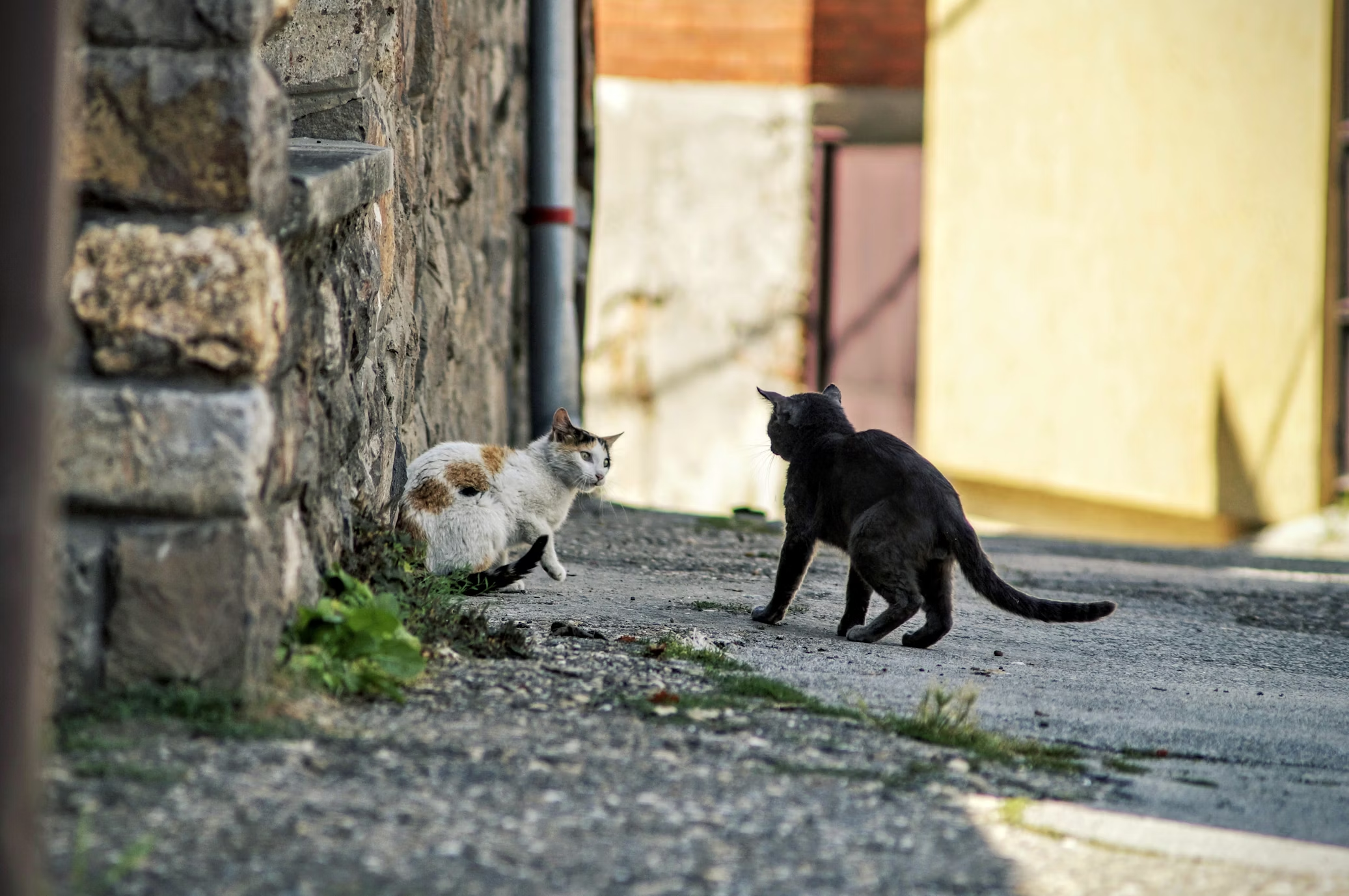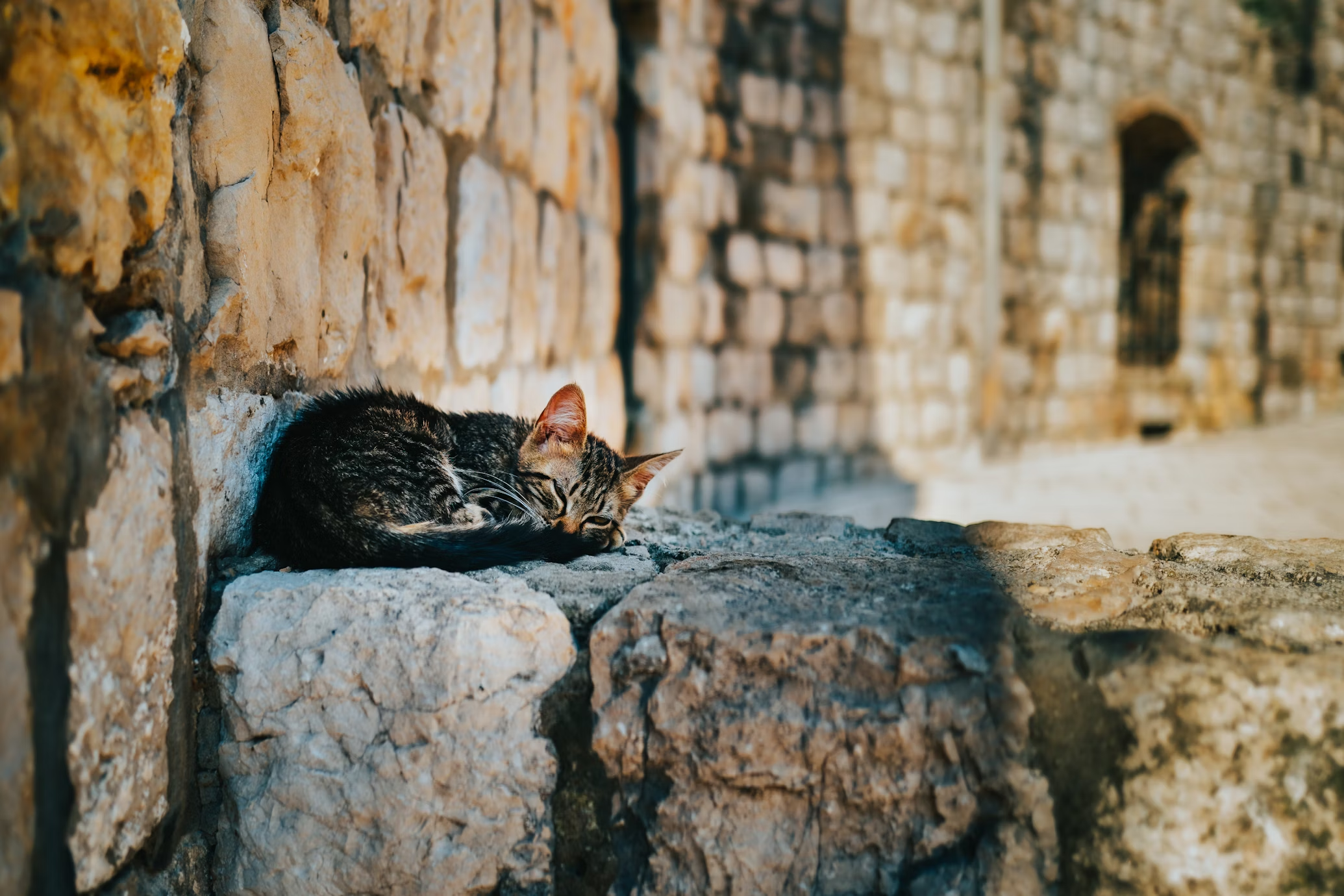
Feeding stray cats is a topic that generates considerable debate in Singapore. While some see it as an act of kindness, others argue it could cause more harm than good. This article explores the pros and cons of feeding stray cats in Singapore, backed by statistics, expert opinions, and practical advice for those who choose to help these animals.
The Stray Cat Situation in Singapore
Statistics and Current Situation
Stray cats are a common sight in Singapore. According to the Cat Welfare Society (CWS), there are an estimated 50,000 to 60,000 stray cats in Singapore. These cats live in various environments, from urban areas to more rural settings, and face numerous challenges, including hunger, disease, and injury.
Community Cat Programs
Singapore has made significant strides in managing the stray cat population through community cat programs. The Trap-Neuter-Return-Manage (TNRM) program is one such initiative, aiming to control the population humanely. By trapping, neutering, and returning cats to their original locations, the program reduces the number of new litters and improves the overall health of the stray cat population.
The Case for Feeding Stray Cats
Compassionate Act
Feeding stray cats can be seen as a compassionate act. Many people feel a moral obligation to help animals in need, and providing food is a straightforward way to offer assistance. It helps alleviate the immediate suffering of hunger and can make a significant difference in the lives of these animals.
Building Trust and TNRM Support
Regular feeding can help build trust between humans and stray cats. This trust is crucial for the success of TNRM programs. When cats are accustomed to being fed by humans, they are easier to trap for neutering and medical treatment. This interaction ultimately supports the broader goal of managing the stray cat population humanely.
Health Benefits for Cats
Providing nutritious food can improve the overall health of stray cats. Malnutrition is a common issue among strays, leading to weakened immune systems and increased susceptibility to disease. Regular feeding can mitigate these health risks and contribute to a healthier stray cat population.
The Case Against Feeding Stray Cats
Overpopulation Concerns
One of the main arguments against feeding stray cats is the potential for overpopulation. When cats have a reliable food source, they are more likely to thrive and reproduce. Without proper management, this can lead to an increase in the stray cat population, exacerbating existing problems.
Public Health and Safety
Feeding stray cats can attract more pests to residential areas when the leftovers are not properly disposed off, leading to potential public health and safety concerns. Examples of such undesirable pests are rats, cockroaches, mynahs. These pests can result in decreased hygiene and increased risk of zoonotic diseases, which are diseases that can be transmitted from animals to humans.
Environmental Impact
Stray cats can have a significant impact on local wildlife. They are natural hunters and can decimate bird populations and other small animals. By feeding stray cats, we may inadvertently encourage behaviors that negatively affect the local ecosystem.
Responsible Feeding Practices
Balanced Approach
If you decide to feed stray cats, it’s essential to do so responsibly. Here are some guidelines to ensure your actions have a positive impact:
- Participate in TNRM Programs: Ensure the cats you feed are part of a TNRM program. This helps control the population and improves the health and welfare of the cats.
- Feed in Moderation: Provide enough food to sustain the cats but avoid overfeeding, which can attract more animals than you can manage.
- Maintain Clean Feeding Areas: Keep feeding areas clean to prevent attracting pests and causing public health issues. Dispose of leftover food and feeding containers properly.
- Monitor the Cats’ Health: Keep an eye on the cats’ health and report any sick or injured animals to local animal welfare organizations for assistance.
Community Involvement
Community involvement is crucial for managing stray cats effectively. Engage with local animal welfare organizations, such as the Society for the Prevention of Cruelty to Animals (SPCA), and participate in community efforts to manage and care for stray cats. This collaborative approach can lead to more sustainable and humane solutions.
Educational Resources
Educate yourself and others about the importance of responsible feeding and stray cat management. The National Parks Board (NParks) offers valuable resources and guidelines for dealing with stray animals in Singapore.
Expert Opinions
Animal Welfare Organizations
Animal welfare organizations like the Cat Welfare Society and SPCA advocate for a balanced approach to feeding stray cats. They emphasize the importance of coupling feeding with TNRM efforts to ensure that the cat population is controlled and the animals are healthy.
Veterinarians
Veterinarians often see the direct impact of irresponsible feeding practices. They stress the importance of feeding strays in conjunction with medical care, including vaccinations and neutering. This approach not only improves the health of individual cats but also contributes to the overall well-being of the stray cat community.
Government Agencies
Government agencies such as NParks and AVS (Animal and Veterinary Service) support structured and managed approaches to stray cat care. They work with animal welfare groups to promote TNRM programs and responsible feeding practices.
Conclusion: Should You Feed Stray Cats in Singapore?
Feeding stray cats in Singapore is a compassionate act that can have both positive and negative consequences. The key is to approach it responsibly, ensuring that your efforts contribute to the well-being of the cats and the community. The bottom line of feeding stray cats would be cleaning up the leftovers to prevent pests from populating.
By participating in TNRM programs, feeding in moderation, maintaining clean feeding areas, and involving the community, you can help manage the stray cat population humanely and effectively. Educate yourself and others, engage with local animal welfare organizations, and always consider the broader impact of your actions.
Further Reading and Resources
- Cat Welfare Society
- Society for the Prevention of Cruelty to Animals (SPCA)
- Animal and Veterinary Service (AVS)
- National Parks Board (NParks)
Thank you for reading our article! If you enjoyed it, please share it using the social icons below.


































